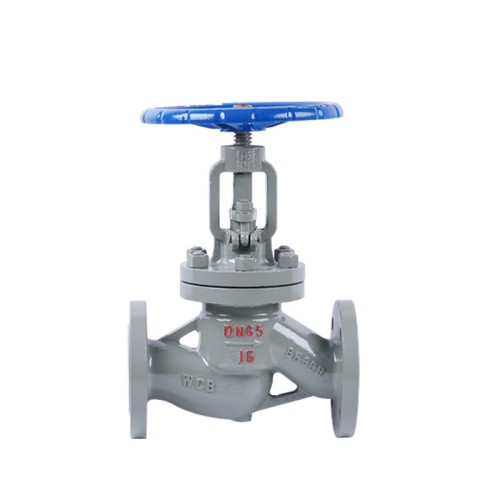butterfly valve and actuator
Butterfly Valve and Actuator An Overview
In industrial applications, the need for precise control over fluid flow is paramount. One of the widely used components to achieve this control is the butterfly valve, often paired with an actuator for automation. This combination provides a reliable solution for a variety of flow control applications in sectors such as water treatment, chemical processing, and power generation.
What is a Butterfly Valve?
A butterfly valve is a quarter-turn valve that uses a rotating disk to regulate the flow of liquids or gases. The disk, which resembles a butterfly, is mounted on a shaft and is positioned in the center of the valve body. When the valve is closed, the disk rotates perpendicular to the flow direction, effectively blocking it. Conversely, when the valve is open, the disk rotates parallel to the flow, allowing fluid to pass through with minimal resistance.
Butterfly valves are particularly valued for their compact design and lightweight properties, making them easier to install and maintain compared to other valve types, such as gate or globe valves. They can be made from various materials, including metal, plastic, and composite materials, allowing for diverse applications depending on the environment and media being controlled.
Types of Butterfly Valves
There are several types of butterfly valves, including
1. Lug-style Butterfly Valves These valves have threaded lugs on the body, allowing for easy removal or replacement without having to cut the pipeline.
2. Wafer-style Butterfly Valves These are sandwiched between two flanges and are typically used in low-pressure applications.
3. Double-flanged Butterfly Valves These feature flanges on both sides, providing a robust design suitable for high-pressure systems.
The choice of valve type often depends on the specific requirements of the application, including pressure, temperature, and the type of fluid handled.
The Role of Actuators
Actuators play a vital role in automating the operation of butterfly valves. They provide the necessary force to open and close the valve, allowing for remote operation and enhanced control. There are various types of actuators used with butterfly valves, including
butterfly valve and actuator

1. Electric Actuators These use electrical power to operate the valve. They are ideal for applications that require precise control and can integrate easily with control systems.
2. Pneumatic Actuators Utilizing compressed air, these actuators provide quick operation and are suited for high-speed applications. They are often chosen for environments where electric power is not available or where rapid opening and closing is necessary.
3. Hydraulic Actuators These use hydraulic fluid to create motion, which is useful in applications requiring high torque. Hydraulic actuators are often found in heavy-duty applications.
The selection of an actuator depends on the specific operational needs, including responsiveness, torque requirements, and environmental conditions. Properly matching the actuator to the butterfly valve is crucial for ensuring reliable performance and longevity.
Benefits of Butterfly Valves and Actuator Systems
The combination of butterfly valves and actuators offers several advantages
- Space Efficiency Butterfly valves are compact, which is ideal for installations with limited space. Coupling them with actuators reduces the need for extensive manual operation, further conserving space.
- Cost-Effectiveness Both butterfly valves and actuators are generally more affordable than traditional valve systems. Their simple design leads to lower manufacturing costs, maintenance, and replacement.
- Efficiency and Speed The quarter-turn operation of butterfly valves, combined with actuators, allows for quick opening and closing cycles. This is particularly beneficial in applications where fast response times are critical.
- Versatile Applications The variety of materials and designs available make butterfly valves adaptable to different industries, including water and wastewater treatment, oil and gas, food and beverage, and HVAC systems.
Conclusion
Butterfly valves and actuators form an essential component of modern fluid control systems. Their ease of use, cost-effectiveness, and efficient design make them suitable for a wide range of applications. As industries continue to seek automation and improved control over fluid systems, the role of butterfly valves paired with actuators will remain pivotal in ensuring operational efficiency and reliability. Whether in a municipal water treatment facility or a high-powered chemical plant, these components will continue to prove their value in managing fluid flows effectively.
-
Breakthrough in Domestic Low Temperature Valve Technology in ChinaNewsAug.18,2025
-
From Machinery to Intelligent Brain: The Digital Transformation Wave of the Valve IndustryNewsAug.18,2025
-
PCVEXPO 2025NewsAug.18,2025
-
The Key to Fluid Control: Exploring the Advantages of Ball Valves in Industrial SystemsNewsJul.09,2025
-
The Versatile World of 1, 2, and 3 Piece Ball ValvesNewsJul.09,2025
-
Stainless Steel Ball Valves: The Ideal Choice for Efficient Flow ControlNewsJul.09,2025
-
Optimizing Fluid Control with Ball Float ValvesNewsJul.09,2025




